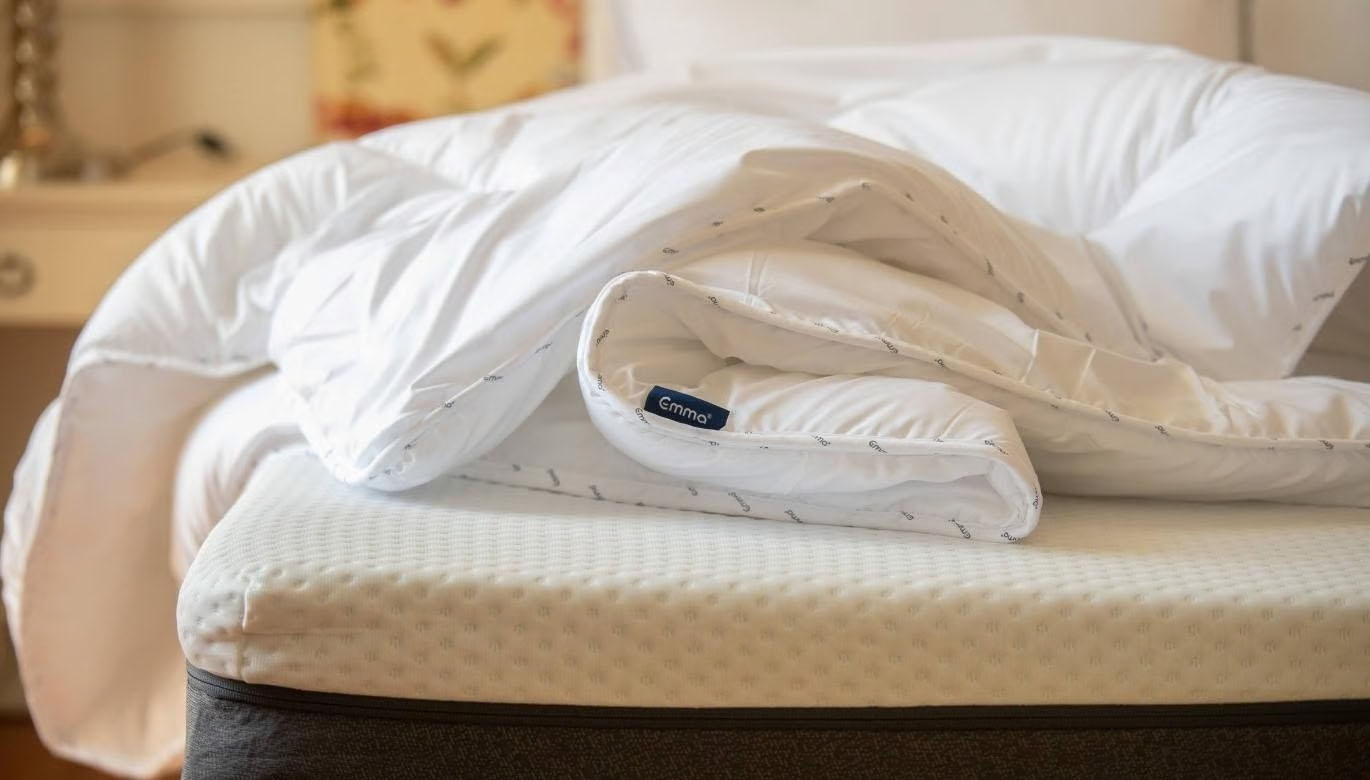How to keep your bedroom warm (without putting the heating on)
Want to avoid a sky-high heating bill? Here's how to trap the warm air in your bedroom

Want to ensure a cosy bedroom when the temperature drops outside? It can be tempting to just pop the heating on, but there are some simple things you should do first. These tips will help trap the warm air in and keep draughts out, keeping your room at a comfortable temperature even when it's wintry outside. Here's your guide to what to do…
How warm should my bedroom be for sleep?
"The optimal temperature for sleeping is around 16-19C, says Theresa Schnorbach, a sleep scientist who works with bed brand Emma (one of our best mattress picks). Hotter or colder than that, and it'll probably affect your sleep quality, making you more likely to wake up in the night feeling uncomfortably chilly or too warm.
- Now's a great time to buy a new mattress – browse the cheapest mattress sales live today
4 things to do to trap warm air in your bedroom
1. Swap in thick curtains
"As well as improving sleep by keeping out light, thick curtains can have the added benefit of keeping your room warm and preventing colder air by your window from circulating around the room," says Theresa. Our recommendation is to go for a blackout blind or pair of blackout curtains – these are designed to completely block distracting ambient light, and most come with insulating properties too.
2. Close your door
This is a simple one. If you leave your door open, you'll be letting the cold air from unoccupied rooms and corridors make its way into your bedroom. You might also want to consider adding a draught excluder, if you've got a big gap at the base of your bedroom door.
3. Add a rug
Get daily insight, inspiration and deals in your inbox
Sign up for breaking news, reviews, opinion, top tech deals, and more.
Carpeted rooms are often warmer than floorboards, but you can mimic the benefits by adding a thick rug to your bedroom floor during the winter months.
4. Seal up cracks and crevices
"Even hairline cracks in walls or doors can have a big impact on how much cold air is able to enter your bedroom," says Theresa. If you have the necessary DIY skills, get these blocked up. Alternatively, call in a professional to do the job for you.

What tog should my duvet be in the winter?
Another important thing to do to ensure you stay cosy during winter nights is to make sure you're using the right bedding. A 13.5 tog duvet is designed for winter nights (or 10.5 tog, at a minimum (check out our best duvet guide for our recommendations). "Alternatively, you could use multiple blankets or an additional duvet to trap in more of your body heat, meaning it's less likely you’ll need to turn up your central heating," adds Theresa.

Theresa Schnorbach is a psychologist and sleep scientist, specialized in Clinical Psychology and Cognitive Neuropsychology. She has completed post-graduate training in Cognitive Behavioural Therapy for Insomnia (CBT-I) with the German Sleep Society (DGSM), endorsed by the European Research Society. She works as a sleep specialist for bed brand Emma.

Ruth is TechRadar's Homes Editor specializing in air (vacuum cleaners, fans, air purifiers), and hair (hair dryers, straighteners and stylers). She has been in consumer journalism since 2020, reviewing and writing about everything from outdoor kit to mattresses and wellness gadgets, with stints on Tom's Guide and T3.